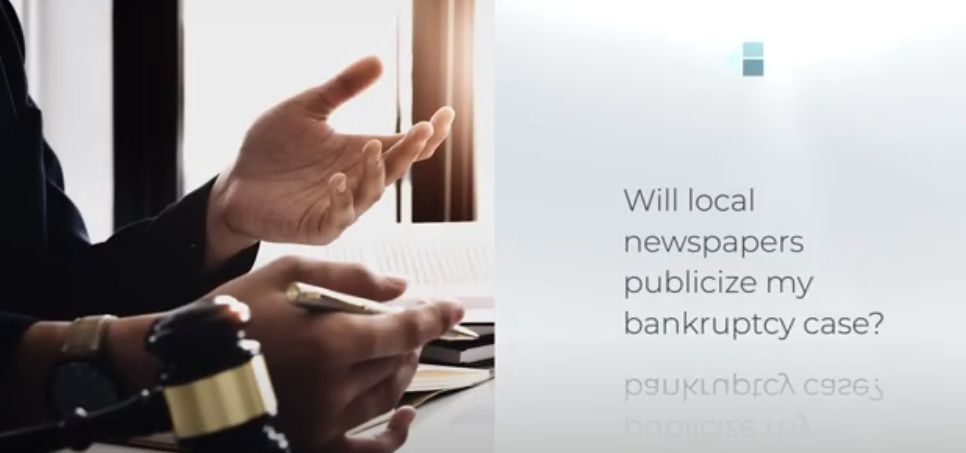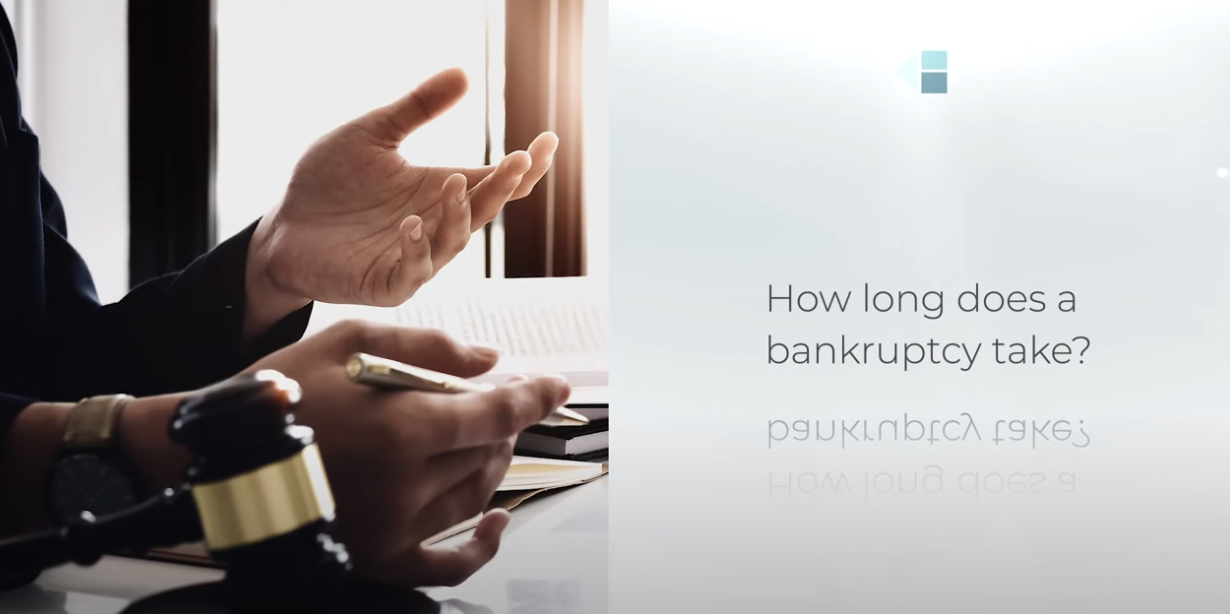The downside of filing Chapter 7 bankruptcy is basically two things – potentially losing non-exempt assets and up to a 10-year negative mark on your credit report. However, obtaining future financial stability by rebuilding your credit and addressing debts directly is terrific, not to mention the peace of mind you can feel without the stress of unpaid bills and creditors calls. Filing Chapter 7 bankruptcy provides immediate relief from overwhelming debt and collection harassment. Also, obtaining new credit is not as difficult as you may think.
- Non-exempt assets can be sold as decided by the trustee assigned to your case by a bankruptcy court to pay off debts. Some examples of non-exempt assets include vacation homes or other properties that are not your primary residence, new or expensive cars, designer shoes or handbags, or valuable artwork.
- According to the Fair Credit Reporting Act, a Chapter 7 bankruptcy may stay on your reports for 10 years from the date you file. A bankruptcy, like late payments, an account in collections, a civil judgment against you, or other negative notations, will affect your credit score. This Summary of Your Rights Under the Fair Credit Reporting Act can help you understand your rights.
The Good News is Your Credit Can Heal
The good news is that your credit can gradually heal with the proper steps. After filing bankruptcy, your task is to build your credit again — but you must be patient. It will take time as you begin to “prove” that you can meet your obligations.
According to a CreditKarma article, it is recommended that you:
- List the debts in your bankruptcy and check them within your credit reports. After the debts are discharged, meaning that you are released from the obligation of that debt, it may take about two months for these discharged debts to be updated on accounts contained in your reports. They should be labeled “included in bankruptcy,” “discharged,” or similar language.
- Check your credit report every few months for errors, and make sure to check that the negative marks are removed in a timely fashion.
- In the meantime, you can consider building credit with a secured credit card. A secured credit card is one where you pay a small deposit to obtain a credit card. Then, you must use it responsibly and pay it off in full every month. The responsible use and paying off of the monthly obligation in full will reflect positively on your credit score over time. You should only take out lines of credit you can afford to repay debt as agreed. After several years’ worth of on-time payments and low balances, your credit scores can improve.
Learn more about Chapter 7 Bankruptcy with Minnesota’s Kain + Henehan
The best way to learn more about Chapter 7 bankruptcy is to consult a qualified bankruptcy attorney in your area. If you live in Minnesota, our bankruptcy law firm, Kain+ Henehan, can help.
Your attorney should help you understand the process, identify the benefits of filing for bankruptcy, guide you through the steps to file for Chapter 7 bankruptcy, and discharge your debts successfully. Our practice uses a 4-step process that our clients find easy to understand and convenient.
Your bankruptcy lawyer has an obligation to provide you with sound legal guidance in this process. A bankruptcy attorney has specific ethical guidelines they adhere to, federally and in their state. We take our responsibility to our clients very seriously and handle the situation with the compassion, empathy, and care you deserve.
Contact us by calling Kain + Henehan at (612) 438-8006 or filling out the online form to learn more. We are here to help you learn about Chapter 7 bankruptcy, your options with personal bankruptcy, and the filing process.







